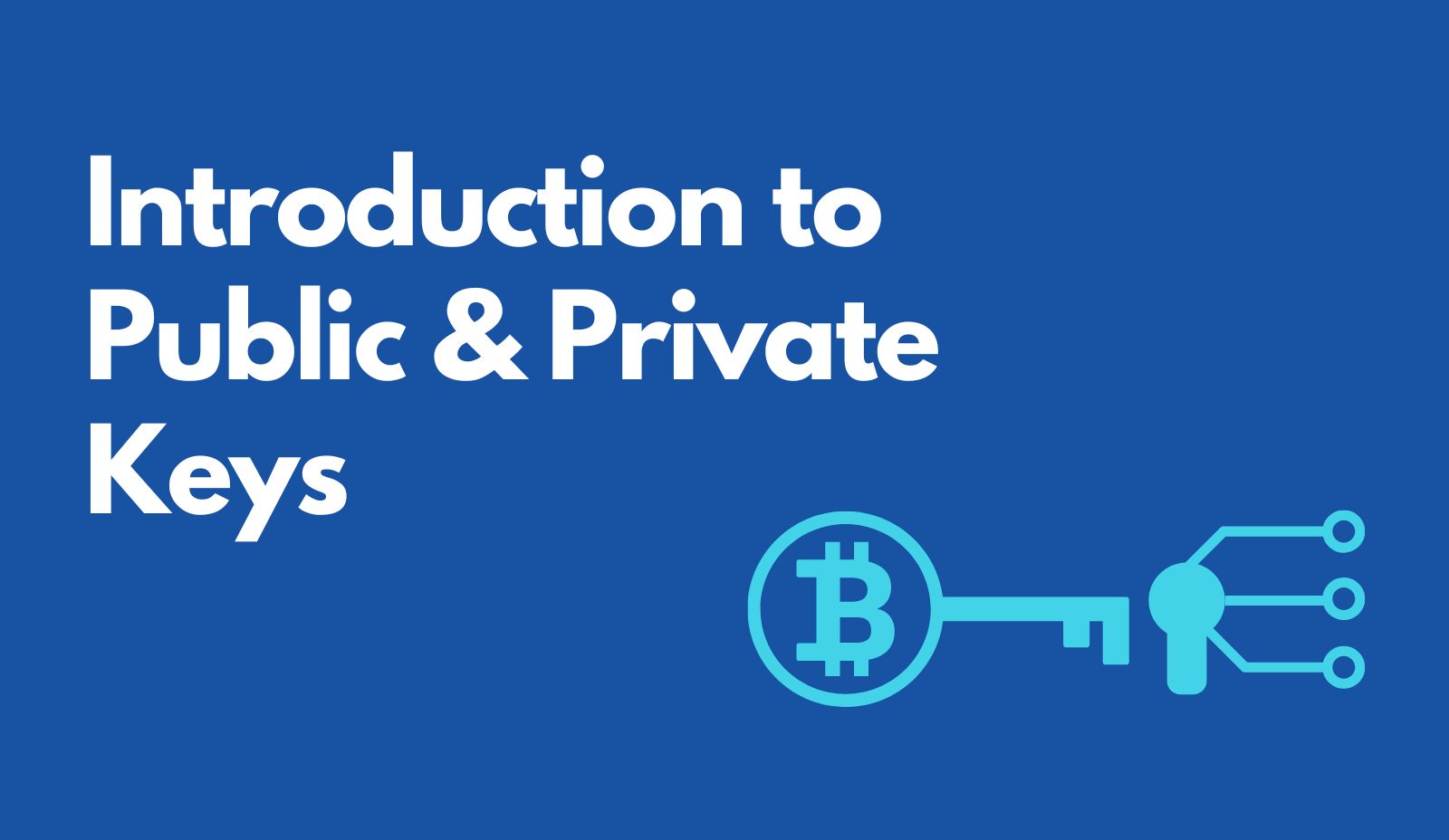What is Crypto Custody?
Jump to section
Understanding How to Safely Store Your Crypto 
Crypto Custody Explained
Crypto custody refers to the method used to protect and store cryptocurrency by managing the private keys associated with a cryptocurrency wallet. There are multiple forms of crypto custody, each with unique benefits and trade-offs. These methods can be independent, third-party, online, or offline, all aimed at securing your digital assets.
What are Private Keys and Their Role in Crypto Custody? 
Unlike traditional wallets that store physical cash, a crypto wallet doesn’t store your cryptocurrency. Instead, your crypto lives permanently on the blockchain. Your crypto wallet, or the custodial wallet associated with your crypto exchange, stores a set of private keys.
Private Keys: These are alphanumeric codes used in cryptography, functioning similarly to passwords. They allow you to access and manage your cryptocurrency. While public keys can be shared (like a bank account number), private keys should never be shared as they grant access to your funds.
Hot and Cold Storage: What’s the Difference? 
Crypto custody solutions can be categorized into two main types: hot and cold storage.
Hot Storage: These are self-custody solutions connected to the internet. They allow for online transactions and interactions with exchanges and decentralized applications (dApps). Examples include software wallets and exchange wallets. However, being online makes them more susceptible to hacking attempts and geographical restrictions.
Cold Storage: These solutions keep your private keys entirely offline, offering higher security. Transactions are signed locally, minimizing the risk of hacks. Examples include hardware wallets and paper wallets. Many exchanges also keep customer assets in cold storage for added security.
Types of Crypto Custody
Self-Custody
- Definition: You take full responsibility for securing your private keys.
- Benefits: Complete control over your assets, financial independence.
- Drawbacks: High responsibility; losing your private keys means losing access to your crypto with no recourse.
Partial Custody
- Definition: Responsibility for private keys is shared between multiple parties.
- Multisignature (Multisig): Requires multiple private keys to approve a transaction. Prevents a single point of failure.
- Secure Multiparty Computation (MPC): Distributes private key functions among multiple parties, enhancing security while keeping inputs private.
Third-Party Custody
- Definition: A qualified custodian manages your private keys.
- Benefits: Ease of access, potential insurance against hacks, less responsibility on the user.
- Drawbacks: Custodian controls your assets, possible transaction limitations, and risks if the custodian faces financial issues.
Examples of Popular Coins and Tokens
Coins:
- Bitcoin (BTC): The original cryptocurrency, primarily used as a store of value and medium of exchange.
- Ethereum (ETH): Powers the Ethereum blockchain, supporting smart contracts and decentralized applications.
- Monero (XMR): Focuses on privacy and anonymity in transactions.
Tokens:
- Basic Attention Token (BAT): Enhances digital advertising by rewarding users for viewing ads.
- Chainlink (LINK): Provides secure oracles for smart contracts to interact with real-world data.
- Uniswap (UNI): Used for governance and transaction fees within the Uniswap decentralized exchange.
The Role of Coins and Tokens in the Crypto Ecosystem
Coins: They form the foundation for secure and decentralized networks, enabling peer-to-peer transactions and acting as a store of value.
Tokens: These drive the functionality of decentralized applications and services. They support various use cases, from digital advertising to decentralized finance (DeFi).
Conclusion
Understanding the various types of crypto custody and their respective advantages and risks is crucial for anyone involved in cryptocurrency. Whether you choose self-custody, partial custody, or third-party custody, the primary goal remains the same: securing your digital assets. Educate yourself on the different custody methods to make informed decisions and protect your investments in the dynamic world of cryptocurrency.





